- Our Products
- Upper Extremity
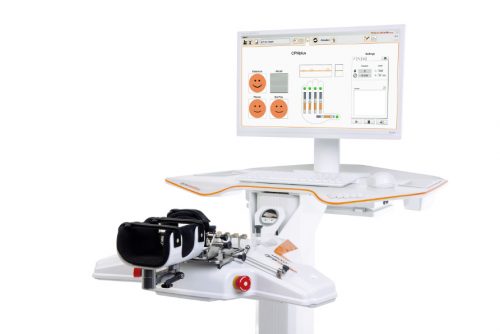 AMADEO The hand therapy world champion
AMADEO The hand therapy world champion
Boredom in finger-hand rehabilitation? Not with AMADEO! Motivation in the course of therapy is just as essential as fingers and hands are for daily life. Regardless of whether it is an adult or child, AMADEO increases therapeutic ambition with sophisticated robotics and a playful approach, and also visualizes the smallest successes in all phases of rehabilitation. Bottom line: AMADEO is simply unique.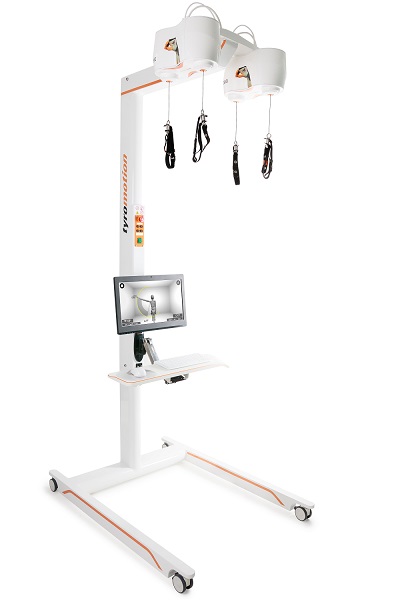 DIEGOBilaterally back to life
DIEGOBilaterally back to life
Finally go fishing again? DIEGO® skilfully assists patients with its unique intelligent weight relief. With its three-dimensional therapeutic area and virtual reality, DIEGO® enables the ideal transfer of what you have learned into everyday life – exactly with the required support. Nothing more and nothing less.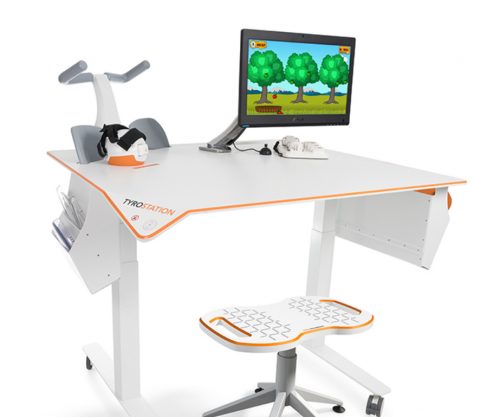 TYROSTATION Endless options, well organized
TYROSTATION Endless options, well organized
Anyone who is as versatile as PABLO® and TYMO® needs structure to really unfold. The Tyrostation is home to all individual components of our two all-rounders and also provides perfect ergonomic adaptability for every patient.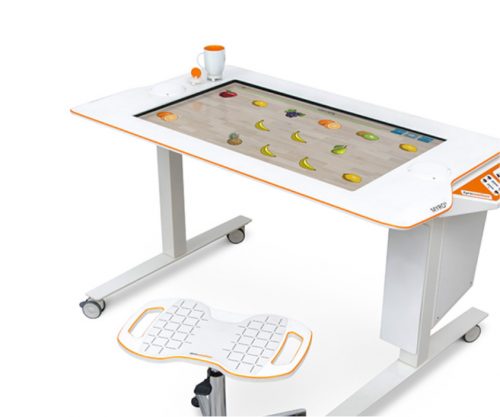 MYRO Full of variety, versatility, innovation and creativity
MYRO Full of variety, versatility, innovation and creativity
Real objects, power control, touch applications and a whole lot of fun: this is what constitutes goal-oriented, intuitive therapy with MYRO. The sensor-based surface is the basis for creative therapy which brings about meaning and self-determination in daily life.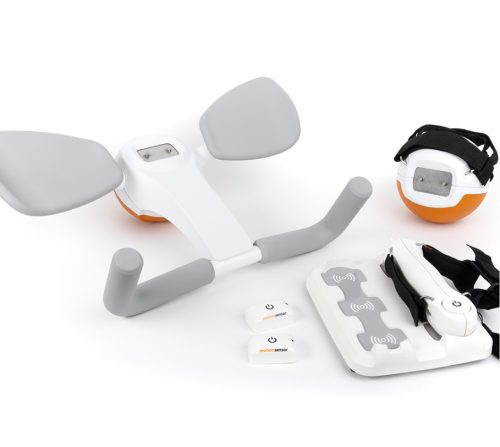 PABLO As versatile as life
PABLO As versatile as life
PABLO® is an all-rounder when it comes to activities of daily living. Position sensors and numerous accessories open up incredibly versatile therapeutic options in a safe environment for patients of all impairment levels.
- Lower Extremity
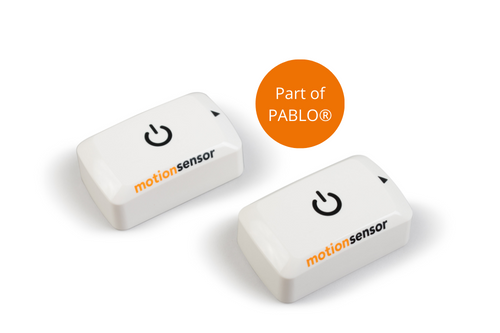 PABLO Lower ExtremityPart of PABLO®
PABLO Lower ExtremityPart of PABLO®
Always know where therapy is going
PABLO® Lower Extremity, our gait analysis and training system, precisely measures the parameters which are required for the selection of the most effective therapeutic measures for gait improvement. Simple and location-independent application as well as size-independent measurement makes the package complete – small device, great effect!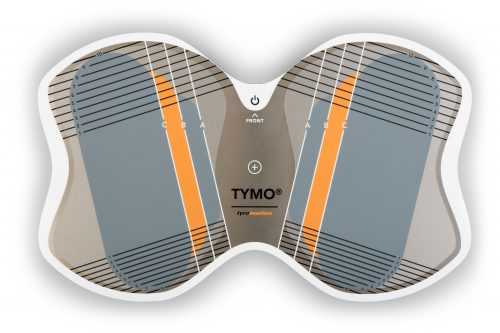 TYMO Balance in perfection
TYMO Balance in perfection
TYMO, a portable posturography system and the world’s thinnest balance platform. Flexible in application, TYMO trains postural control in a sensitive, specific and meaningful manner, and is therefore the basis of all movements. Motivation and fun are included.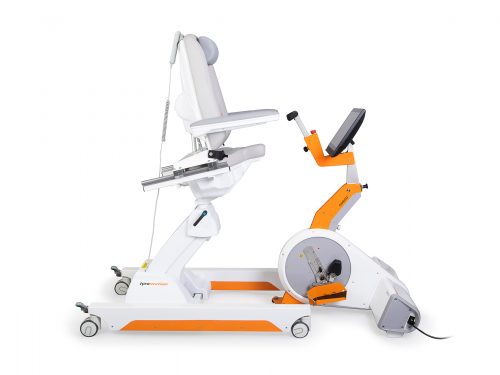 OMEGO Plus Therapy for all phases of gait rehabilitation gone motivational
OMEGO Plus Therapy for all phases of gait rehabilitation gone motivational
Two separate drives mobilize the patient in an effortless, isolated and focussed manner, and therefore make OMEGO® the long-desired stopgap between mobilization and locomotion. What else remains for patient and therapist to do? Train in a motivated manner, have fun and achieve goals.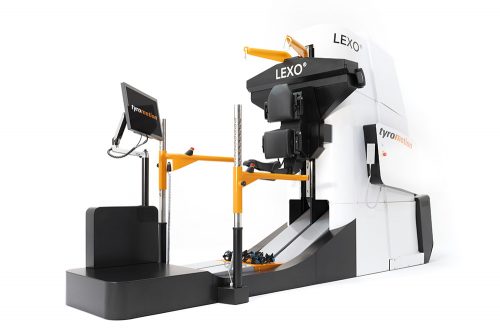 LEXOGait training at its best
LEXOGait training at its best
Maximum number of steps and intensity, low in height, easy handling and fast setup time: Impossible? It works! With LEXO® patients take the first impressive steps back to mobility and enjoy the feeling that things are finally getting better again.
- MTT-Line
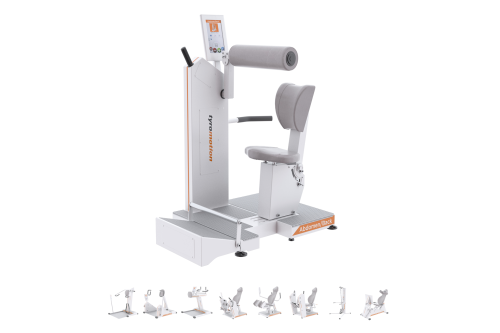 MTT-Line Medical training therapy
MTT-Line Medical training therapy
The barrier-free MTT-LINE specifically strengthens the six major muscle groups of the human body.
- Software
 TyroS The heart of our technology
TyroS The heart of our technology
Our TyroS software – developed by and together with therapists – is the heart of our technology that combines devices, know-how and therapeutic games. It is a sophisticated therapeutic system that helps challenge and encourage patients.
- Upper Extremity
Rehabilitation
Robot-assisted gait training improves stroke rehabilitation
21. February 2023 ● 4 min. Reading time
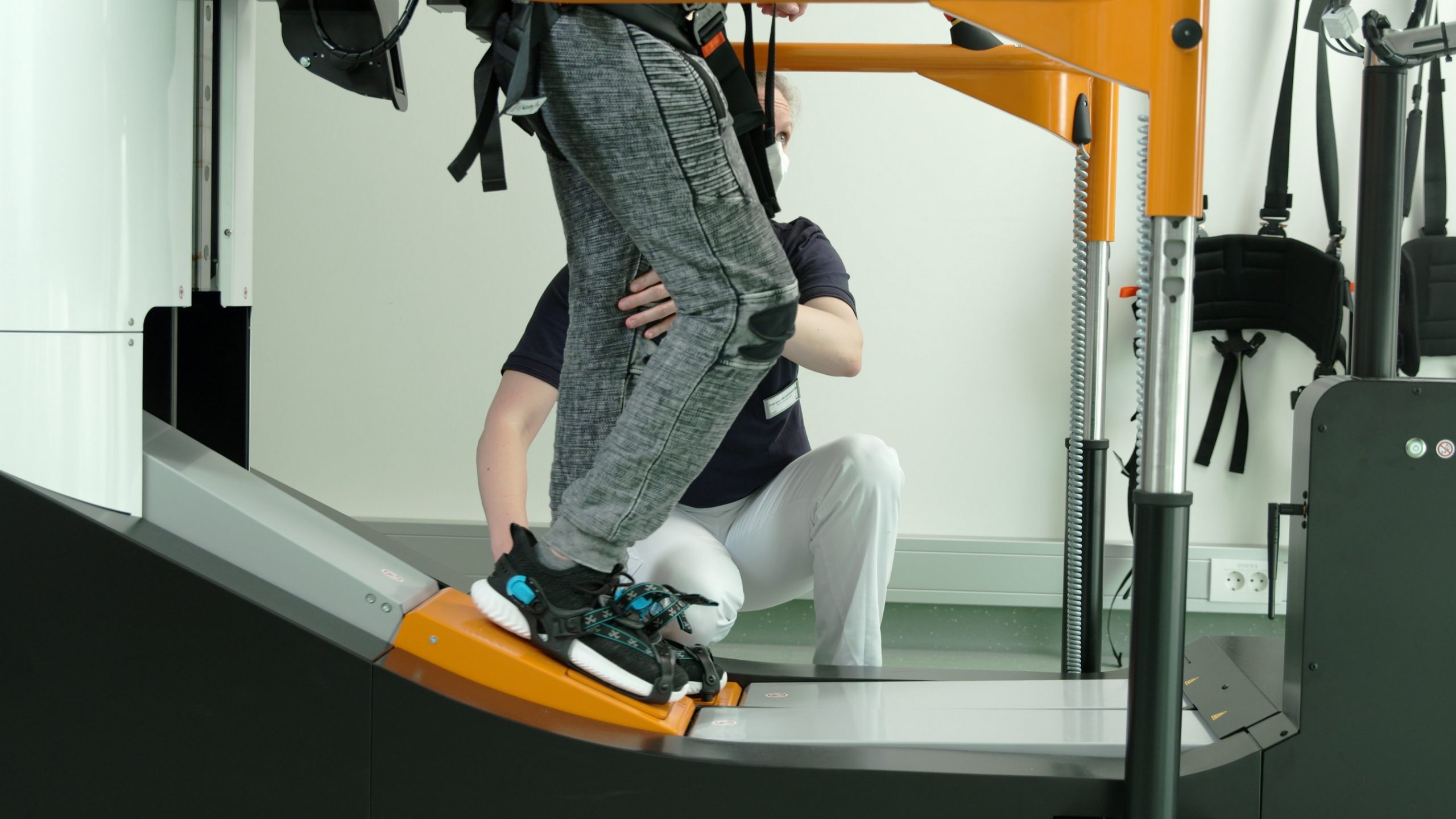
Regaining their ability to walk is one of the most common goals for stroke survivors. Improved walking can impact their long-term survival after a stroke as well as improve many other areas of a patient’s health, including:
- Functional movement
- Independence
- Overall health and well-being
What is gait training?
A person’s gait is the way they walk. While walking may seem simple, many different functions contribute to the ability to walk, including being upright, balance, posture, shifting weight from one foot to the other, strength and endurance. The brain coordinates these functions, so they may be compromised after a stroke.
Gait training refers to rehabilitation therapy that helps people regain their walking ability, walking velocity, and walking distance. Or in other words, regain how good, how fast and how far one can walk.
Robotic assisted gait training is used in the rehabilitation of neurological injuries and conditions like stroke, spinal cord injury (SCI), traumatic brain injury (TBI), multiple sclerosis (MS), Parkinson’s disease (PD), or cerebral palsy (CP).
Advantages of robot-assisted gait training
When choosing a stroke rehabilitation program with gait training, it’s important to understand which approach leads to the best outcomes. Combining robot-assisted therapy with conventional therapy has been clinically shown to be more effective than conventional physical therapy alone. In addition, Patients who are non-ambulatory in early rehabilitation benefit most from robot-assisted gait training.
During robot-assisted gait training, a patient uses a therapy device or machine to support their bodyweight. The devices help guide patients through walking movements to reengage muscles and memory to the activity. As the patient improves their functionality, the machines can adjust their resistance and support to match the patient’s needs.
Robot-assisted gait training allows patients to take more steps in a natural walking pattern at a higher speed than they would be able to with conventional therapy alone. Patients who are unable to walk achieve more repetitions with a robotic device than without. This additional support early in their rehabilitation may lead to faster recovery and improved results.

The benefits of robot-assisted gait training may include:
- High intensity: Patients using robot-assisted gait training take more steps per session than those using manually assisted overground walking. Not only can patients sustain robot-assisted therapy for a longer period of time, but they can also take steps at a faster speed. Robot-assisted gait training enables repetitive task training (RTT), which can improve walking ability and distance.
- High dose: Patients using robot-assisted gait therapy double or triple practice time compared to manually assisted overground walking. By spending more time performing therapy exercises, patients may see improvements sooner.
- High motivation: Robot-assisted gait training devices use gamification approaches to motivate patients through each exercise session. Rehabilitation becomes a fun game when combined with achievable milestones and levels to reach. Virtual environments presented on screens let patients complete their exercises on a snowy forest path or in a sunny park.
Innovative gait training devices
There are two main types of robotic-assisted devices: Exoskeletons and End-Effector devices.
In Exoskeleton gait training robots, an external skeleton is attached to the legs, and both hip and knee joints are actuated by motors to create stepping movements.
In End-Effector gait training robots, the legs are free while the feet are fixed to motorized foot plates that guide the stepping movements.
Robot-assisted gait training machines were developed to reduce the need of multiple therapists for gait training. Gait training robots consist of either two motor driven foot plates simulating the phases of gait (e.g., LEXO®) or a motor driven exoskeleton orthosis.
All technologies use the principle of Neuroplasticity. This implies that the brain always has the ability to recover and relearn. To induce plasticity, sufficient repetition and training intensity is needed. Electromechanical-assisted gait training increases the number of steps that can be taken during therapy sessions in a safe environment. Therapists are always present during the sessions, supervising the patient and encouraging the patient´s active participation.
Tyromotion´s approach to gait therapy
Tyromotion uses End-Effector technology to help stroke survivors recover their ability to walk.
OMEGO® Plus is a robot-assisted lower extremity therapy device that helps patients improve their walking and lower limb function. OMEGO® Plus supports patients from early rehabilitation all the way through to the possibility of verticalization. The multifunctional chair adjusts to help patients pursue their therapy goals, including stabilizing blood pressure, strengthening muscles, increasing cardiovascular fitness, and improving range of motion.
LEXO® offers efficient walking practice in a safe environment and works for many different types of patients with different walking abilities. LEXO® helps patients practice shifting their weight from one foot to the other and bearing some of their own bodyweight, even when they’re not yet able to do these on their own to create a more consistent walking pattern.
OMEGO® Plus and LEXO® use gamification and direct feedback to make rehabilitation more fun and engaging.
Sources:
Electromechanical‐assisted training for walking after stroke, 2020
Effects of robotic gait training after stroke: a meta-analysis, 2020
Gait rehabilitation after stroke, 2020
The Improvement of Walking Ability Following Stroke: A Systematic Review and Network Meta-Analysis of Randomized Control Trials, 2018
The Effectiveness of Locomotor Therapy Using Robotic-Assisted Gait Training in Subacute Stroke Patients: A Randomized Controlled Trial, 2009
Evidence of end-effector based gait machines in gait rehabilitation after CNS lesion, 2013
You might also be interested in
4. April 2023
Health
Rehabilitation
Stroke nutrition guidelines for optimal health
Nutrition as the key part in health and well-being of stroke survivors A healthy, balanced …
21. March 2023
Rehabilitation
Kinesio taping in neurology as a useful therapy supplement
The Kinesio tape and its usefulness in neurological therapy What was originally known only from …
7. March 2023
Rehabilitation
Exercises against freezing of gait in Parkinson’s disease
When the legs freeze – how does the symptom “Freezing of Gait” manifest itself? Parkinson’s …








